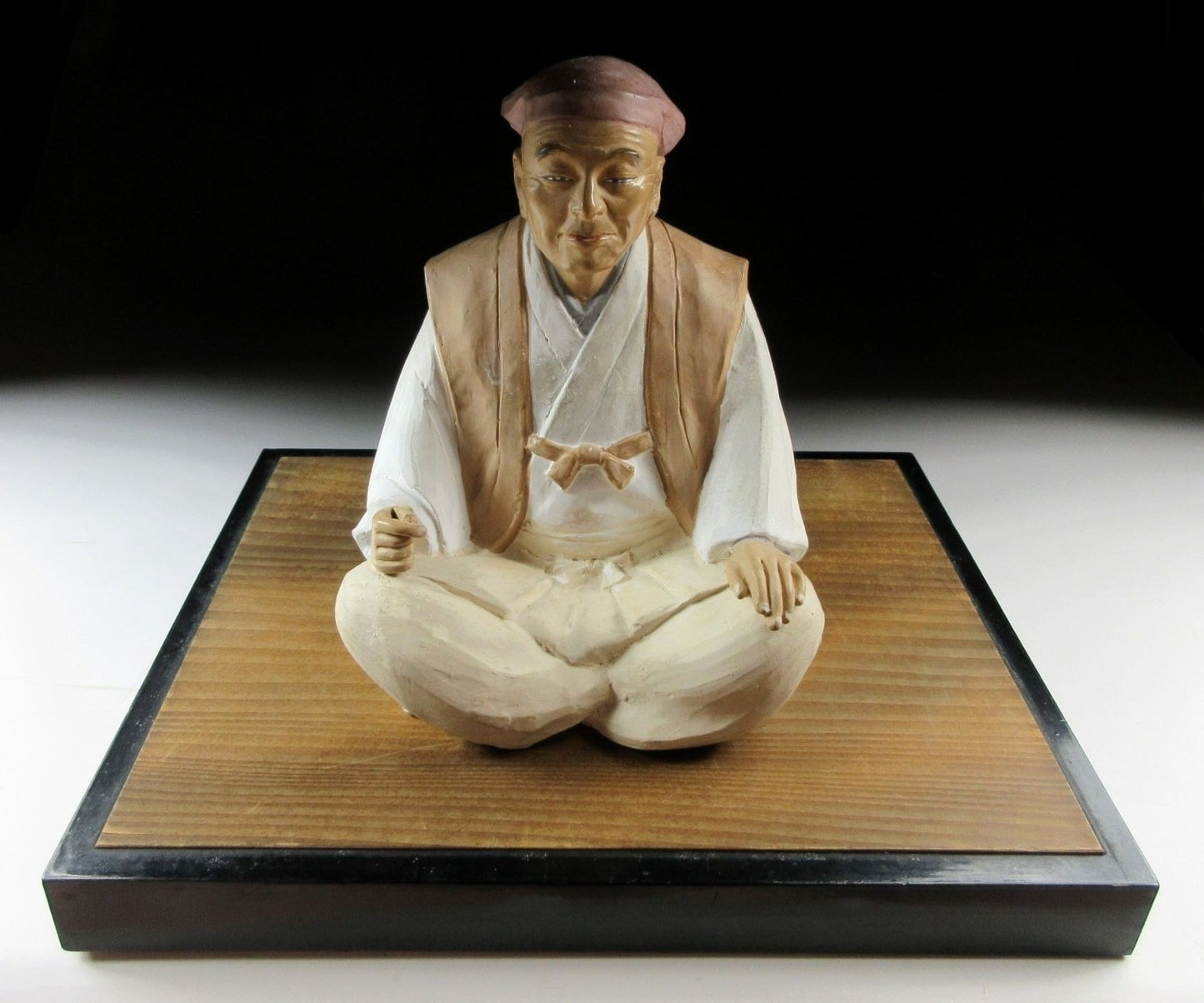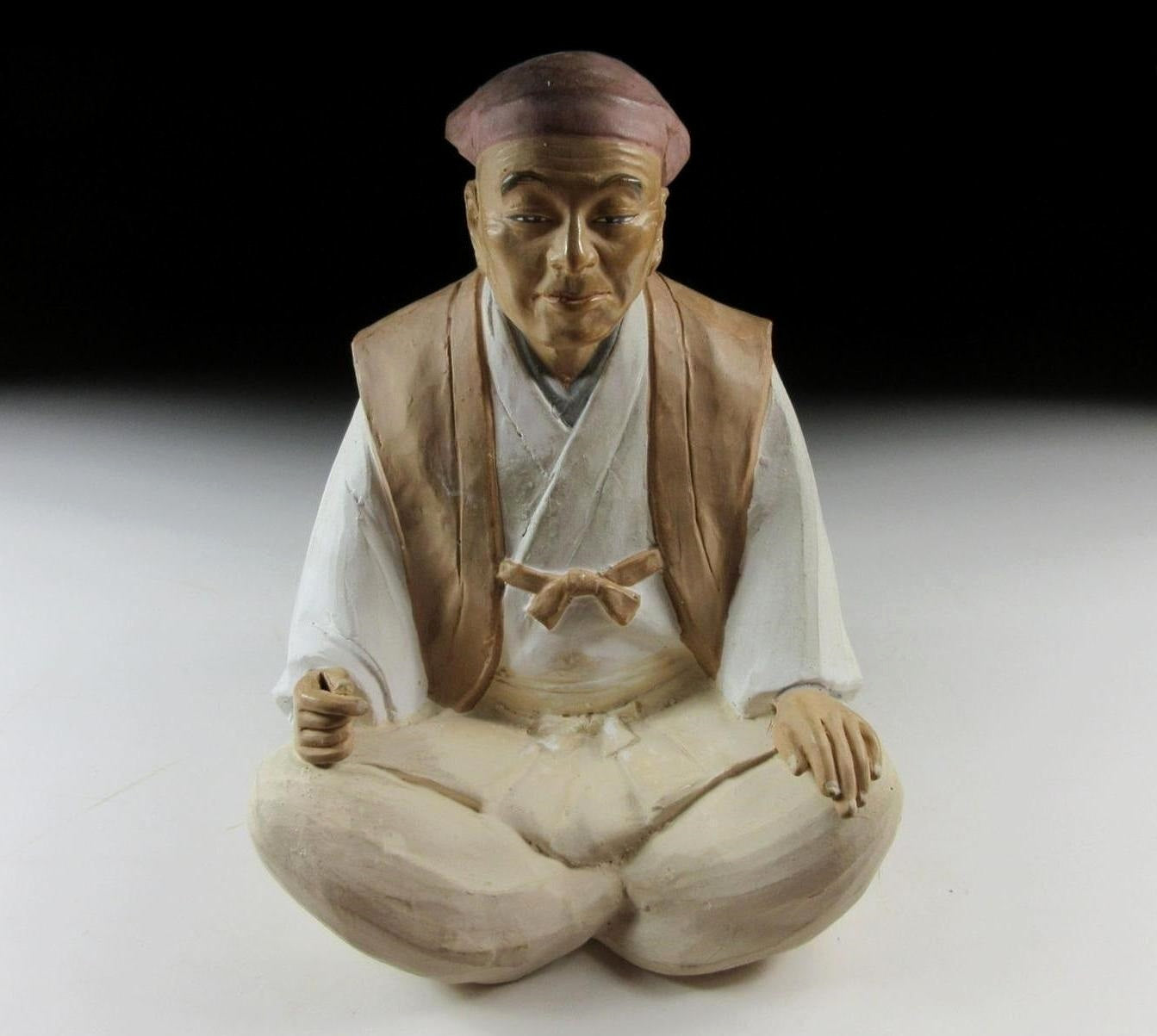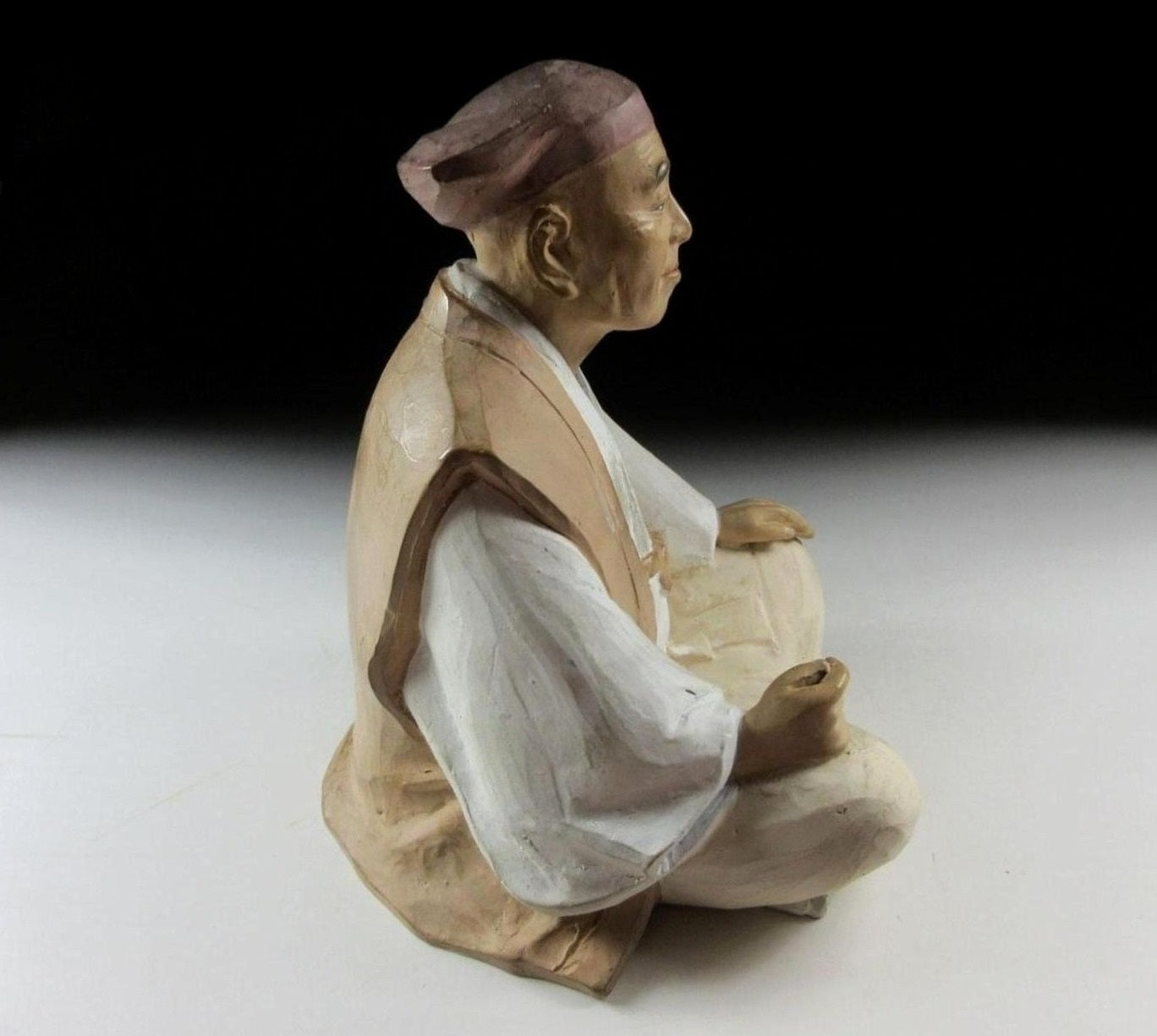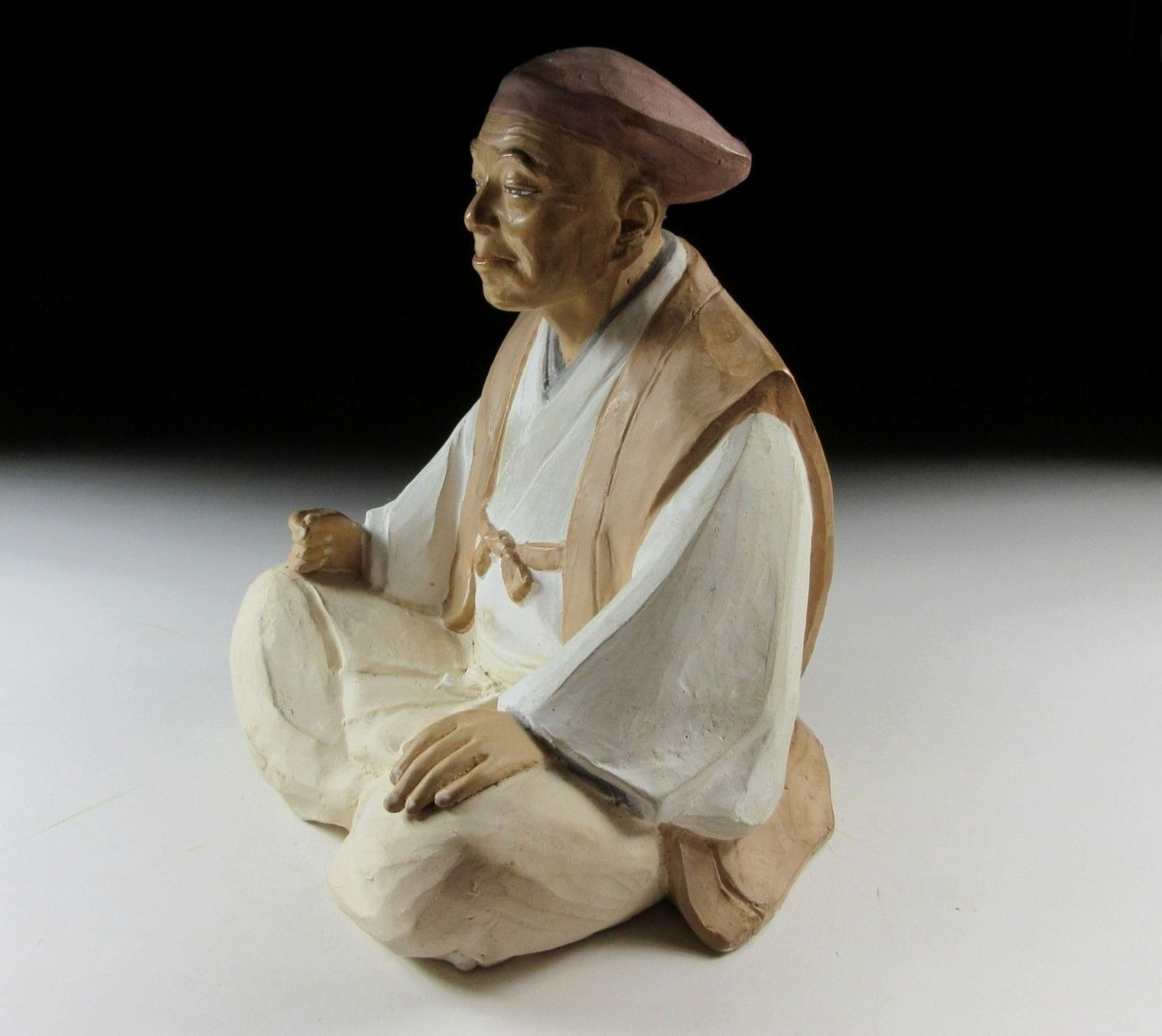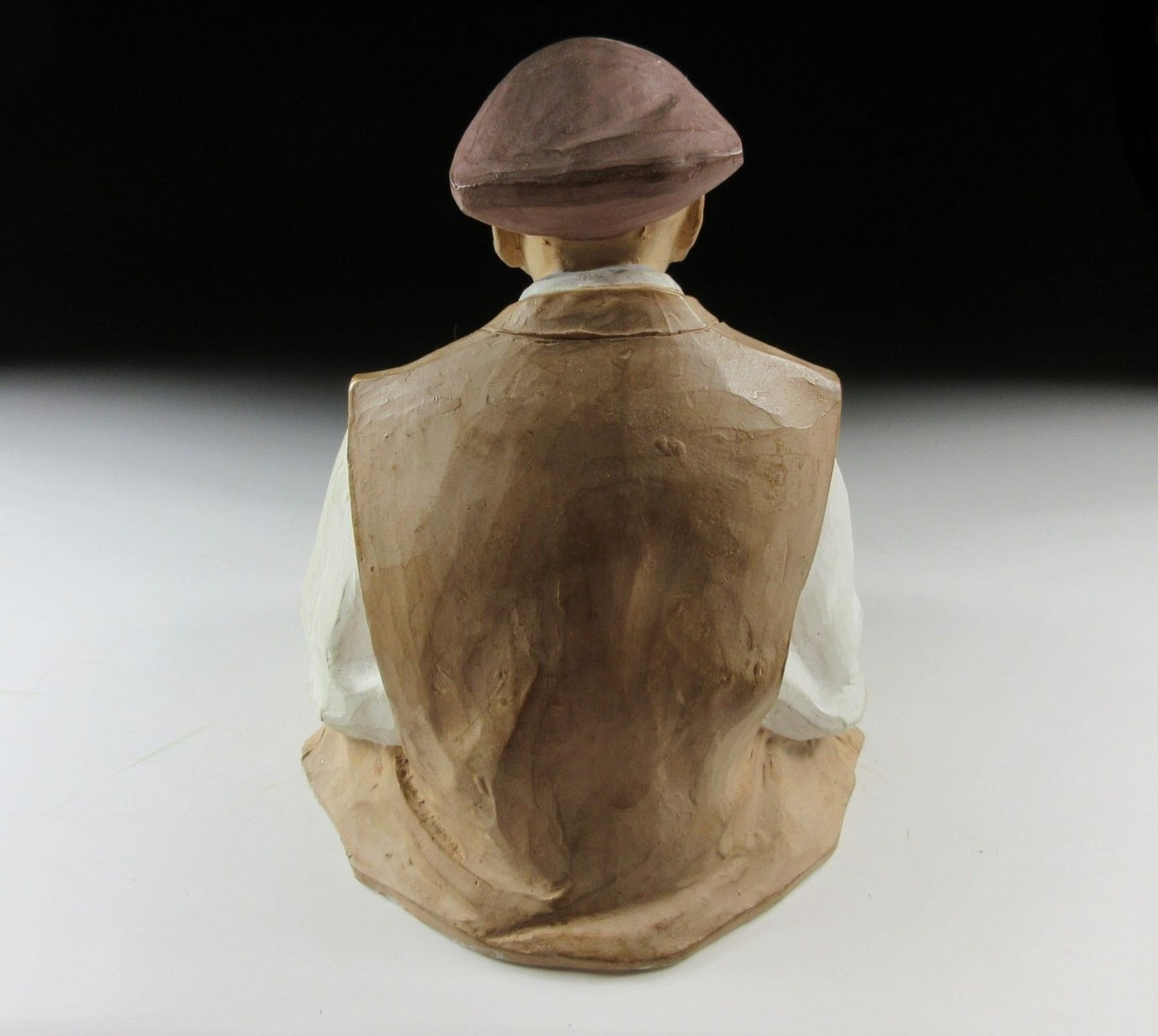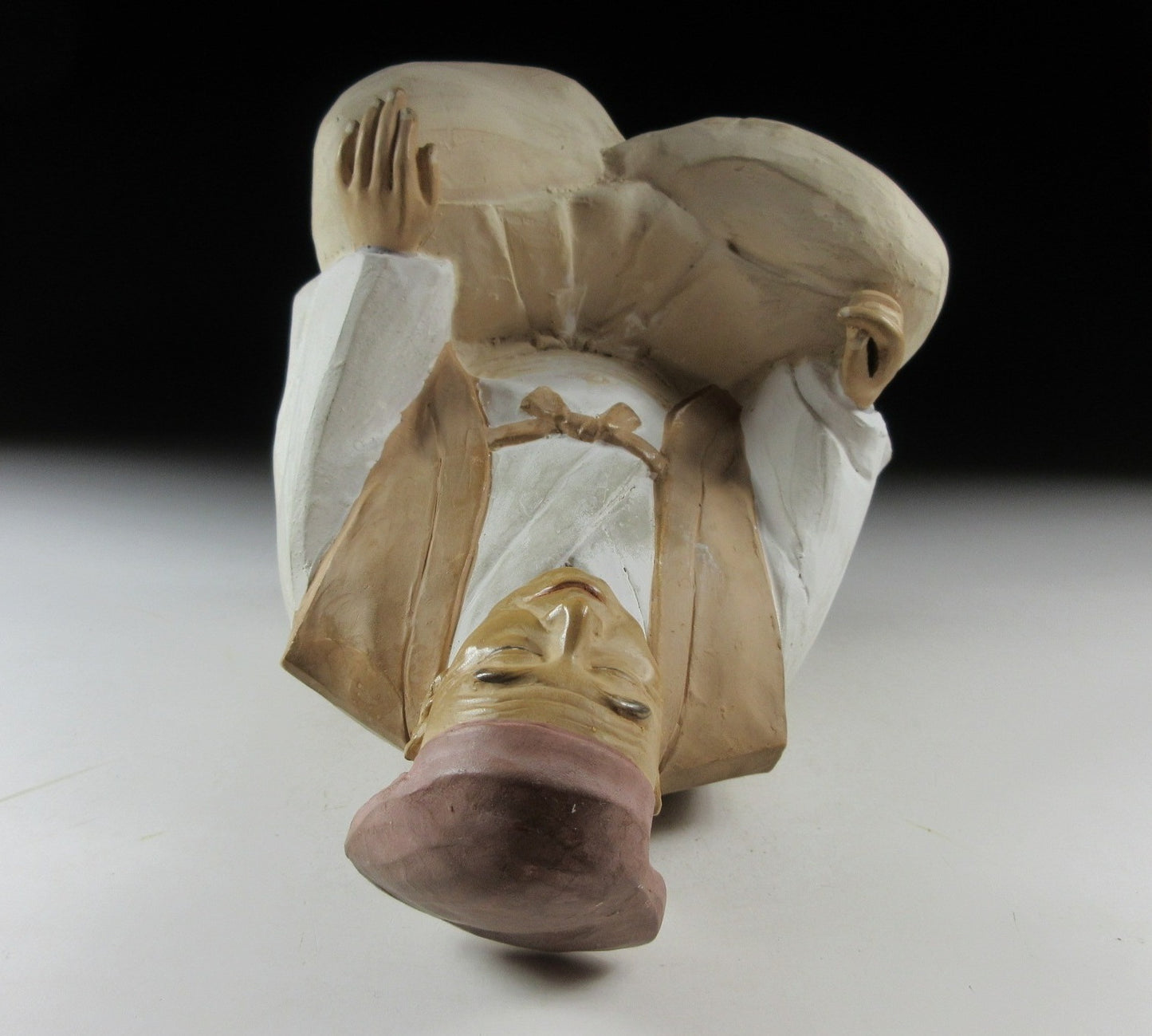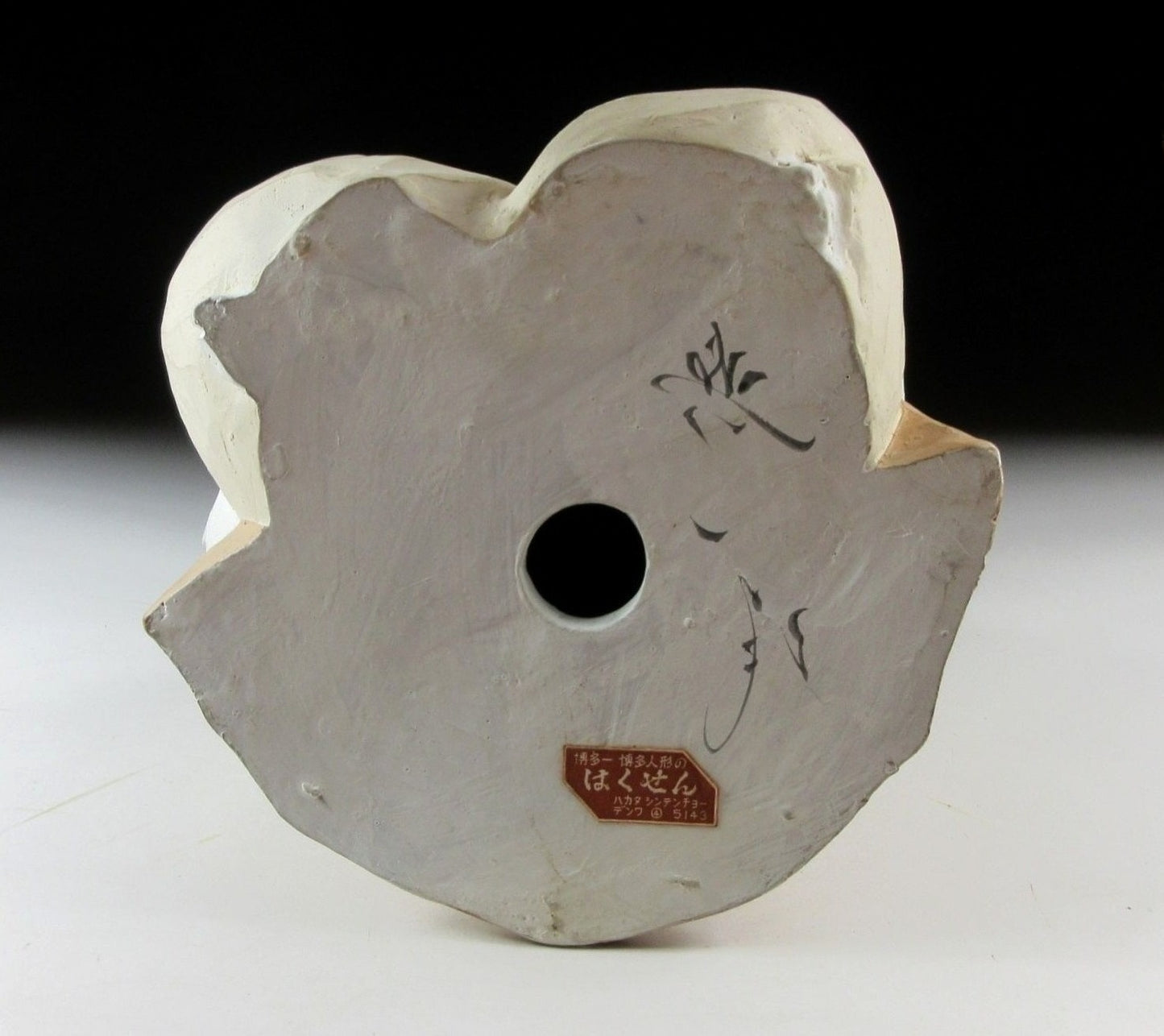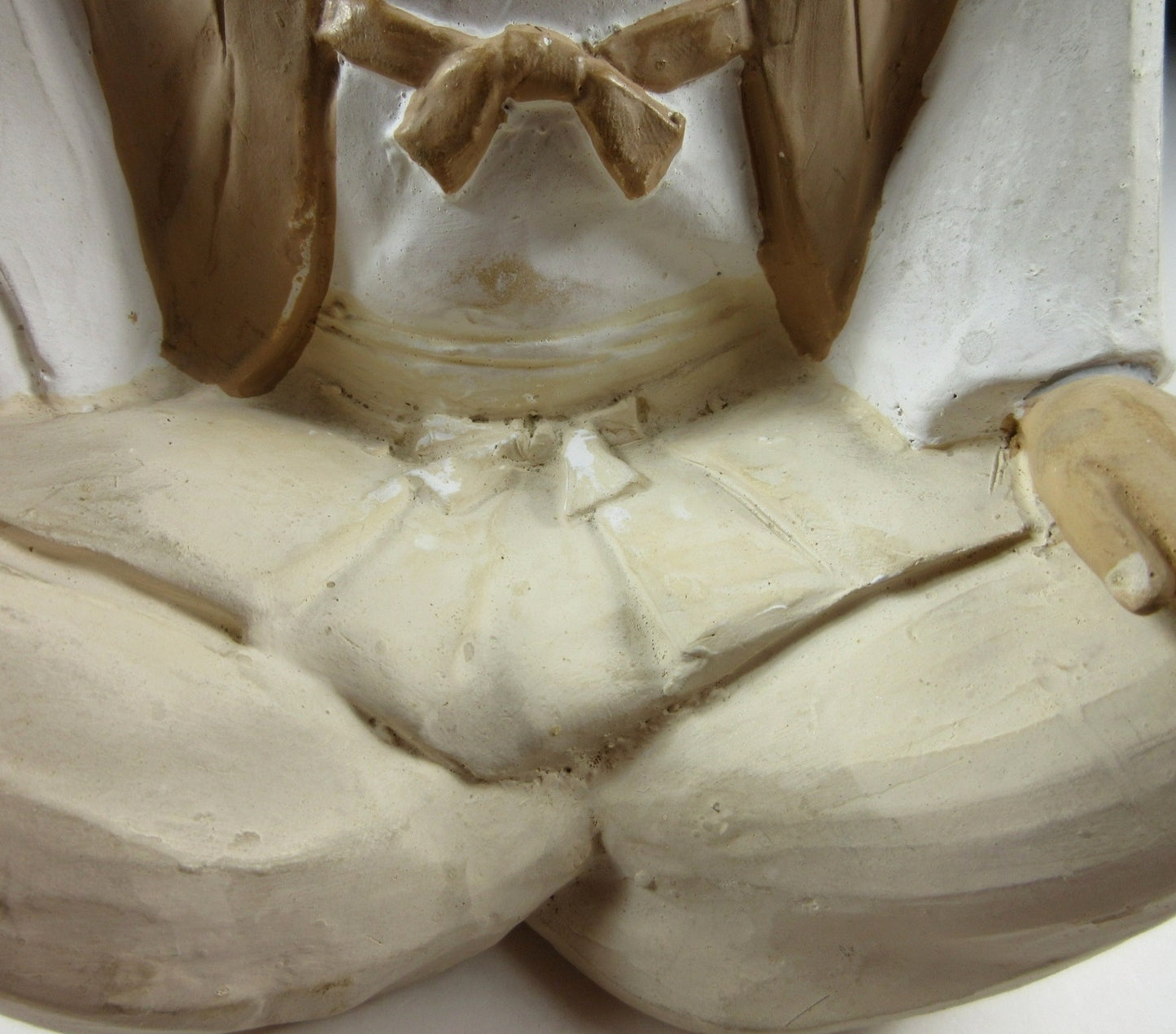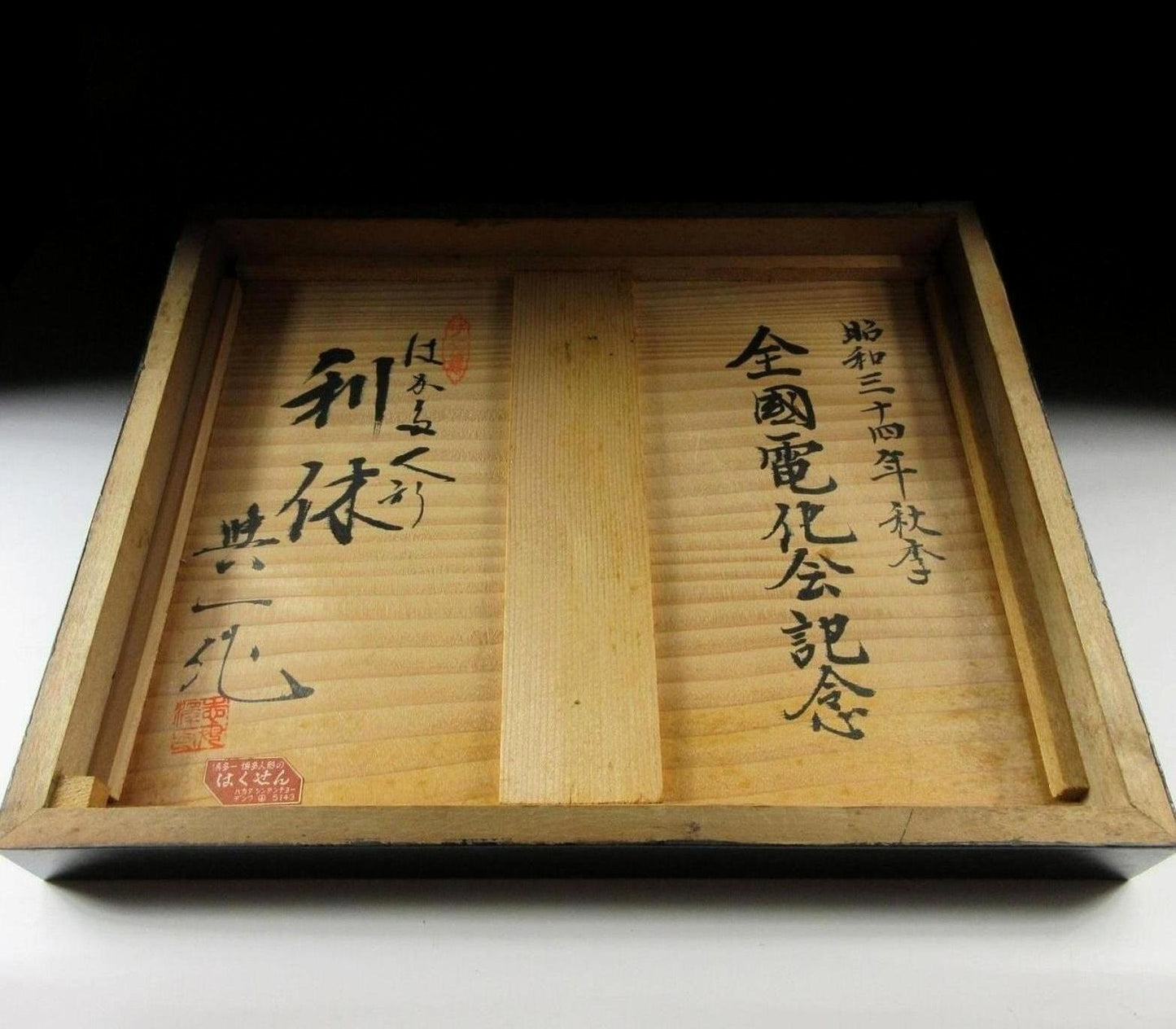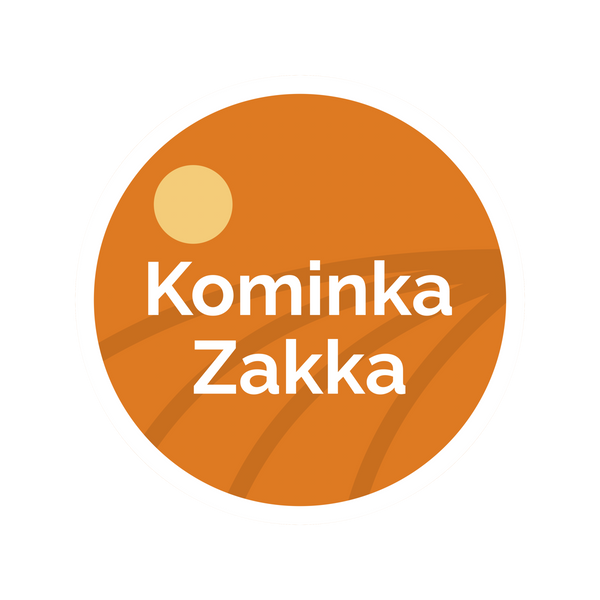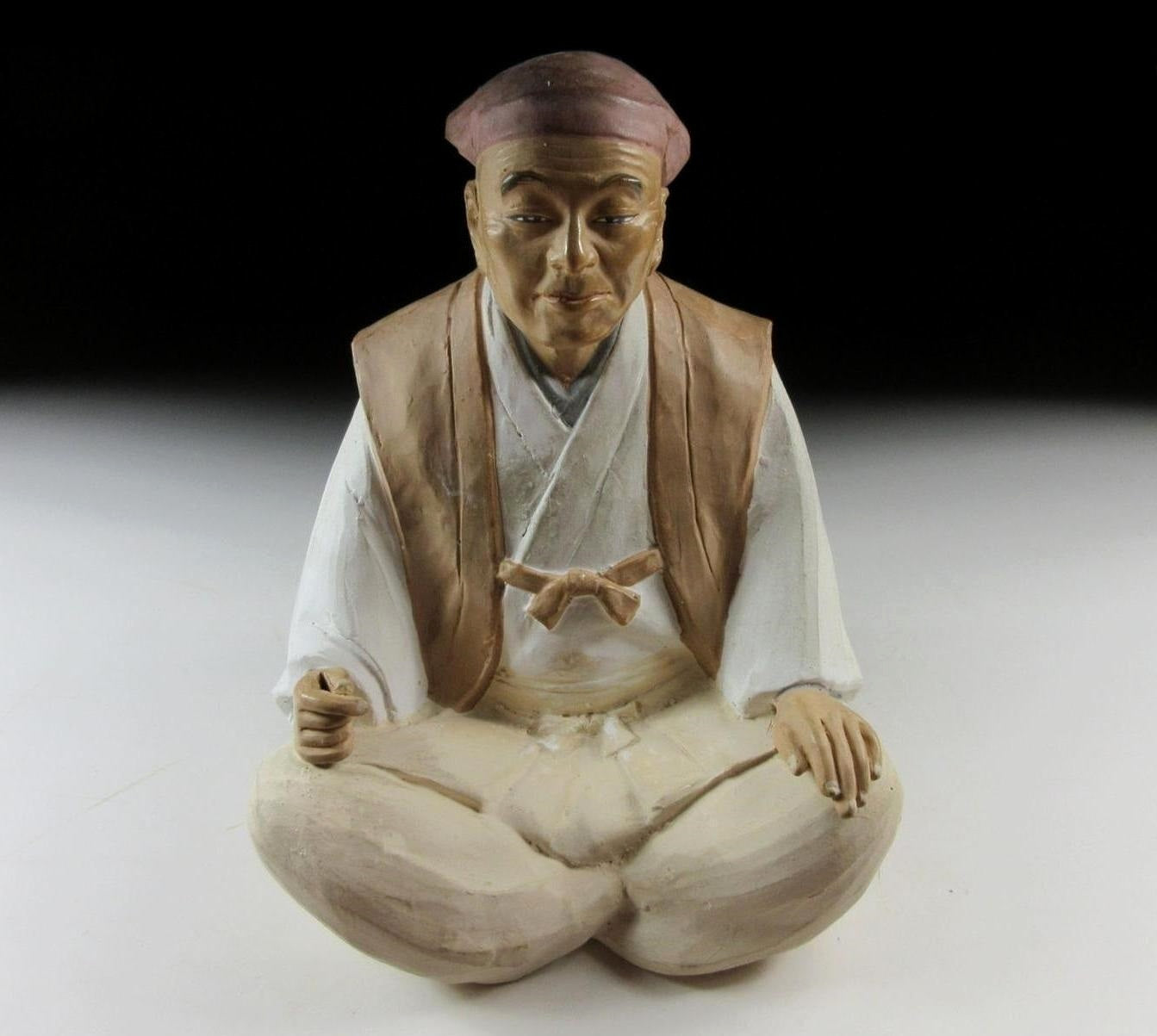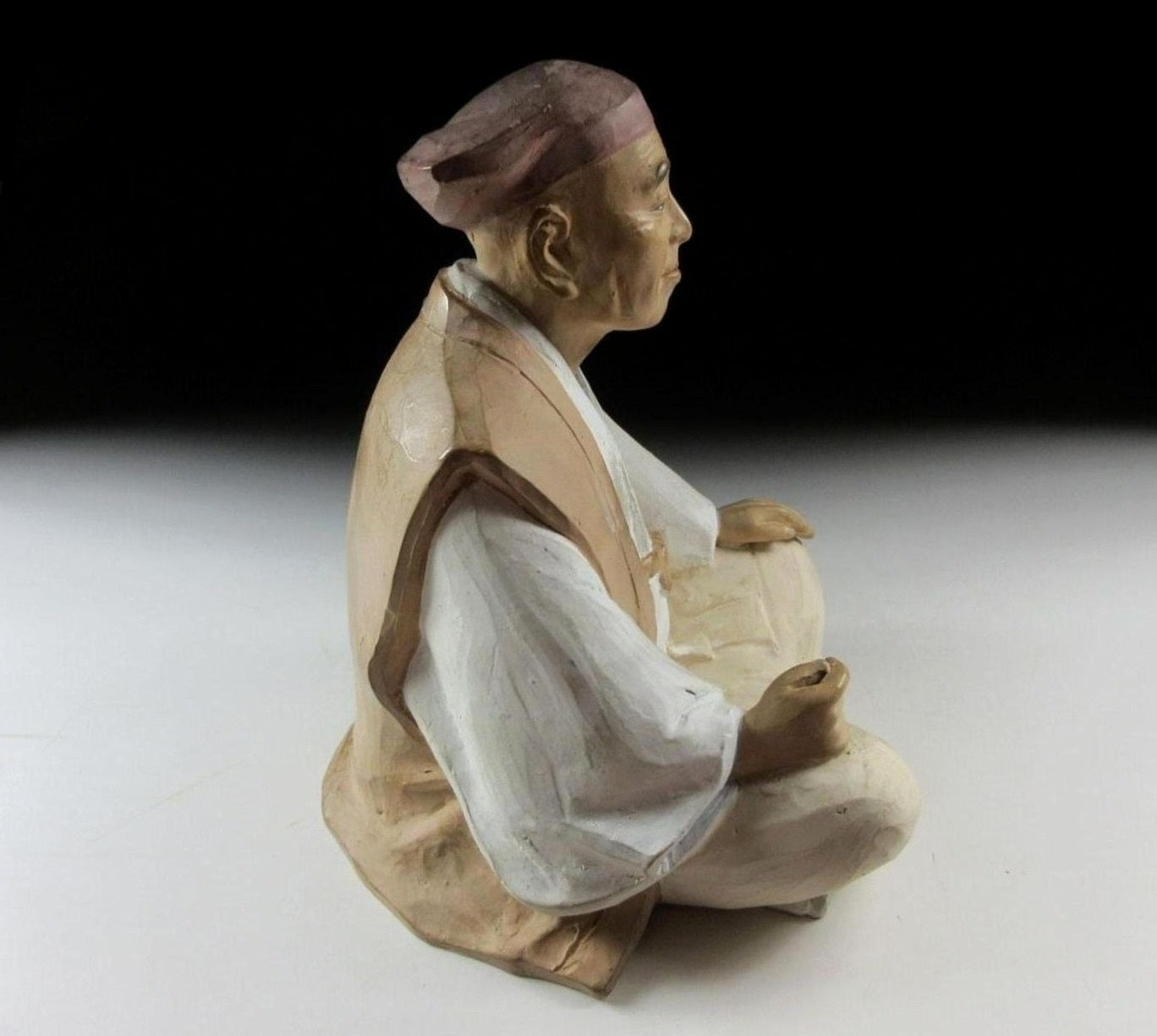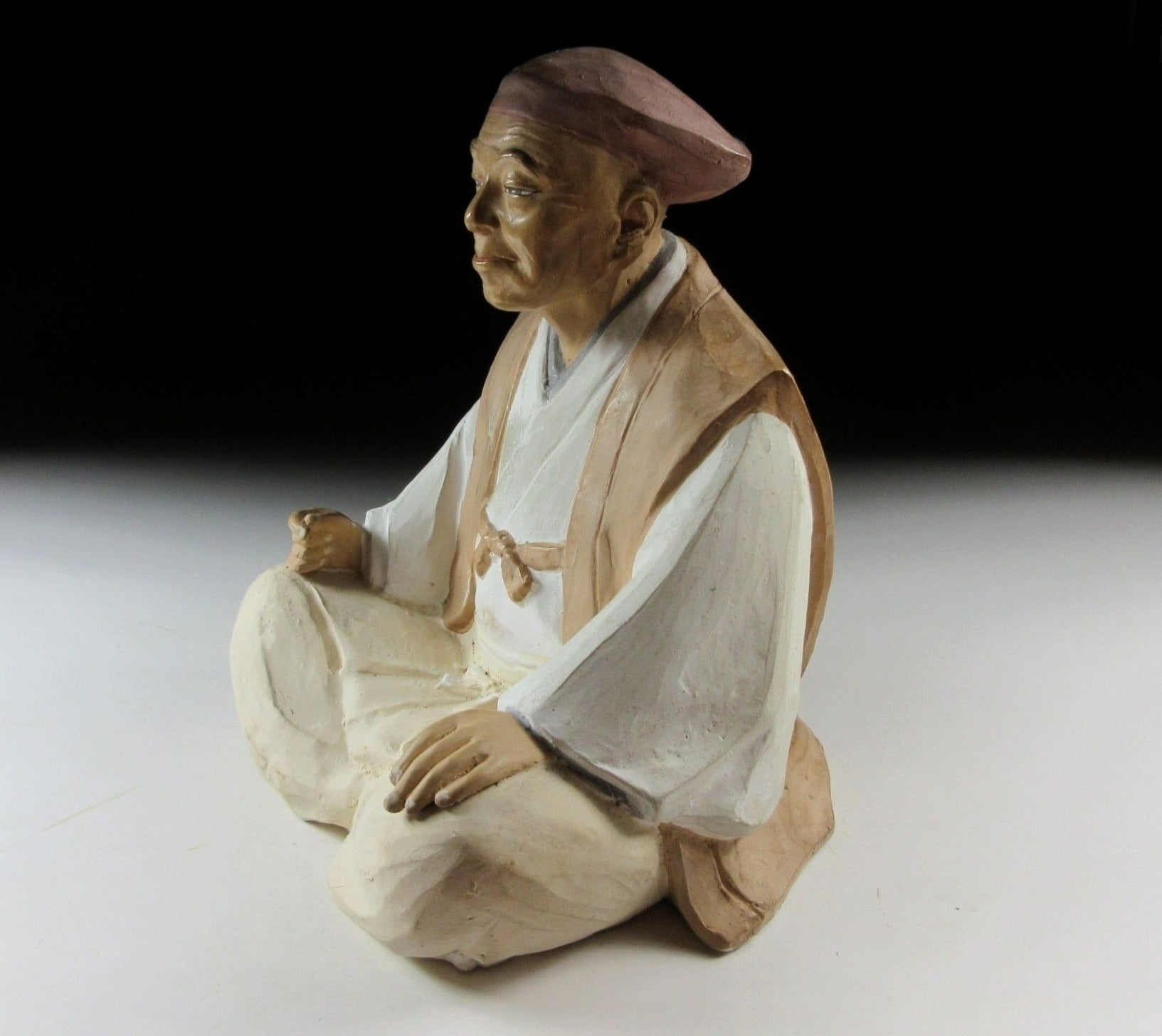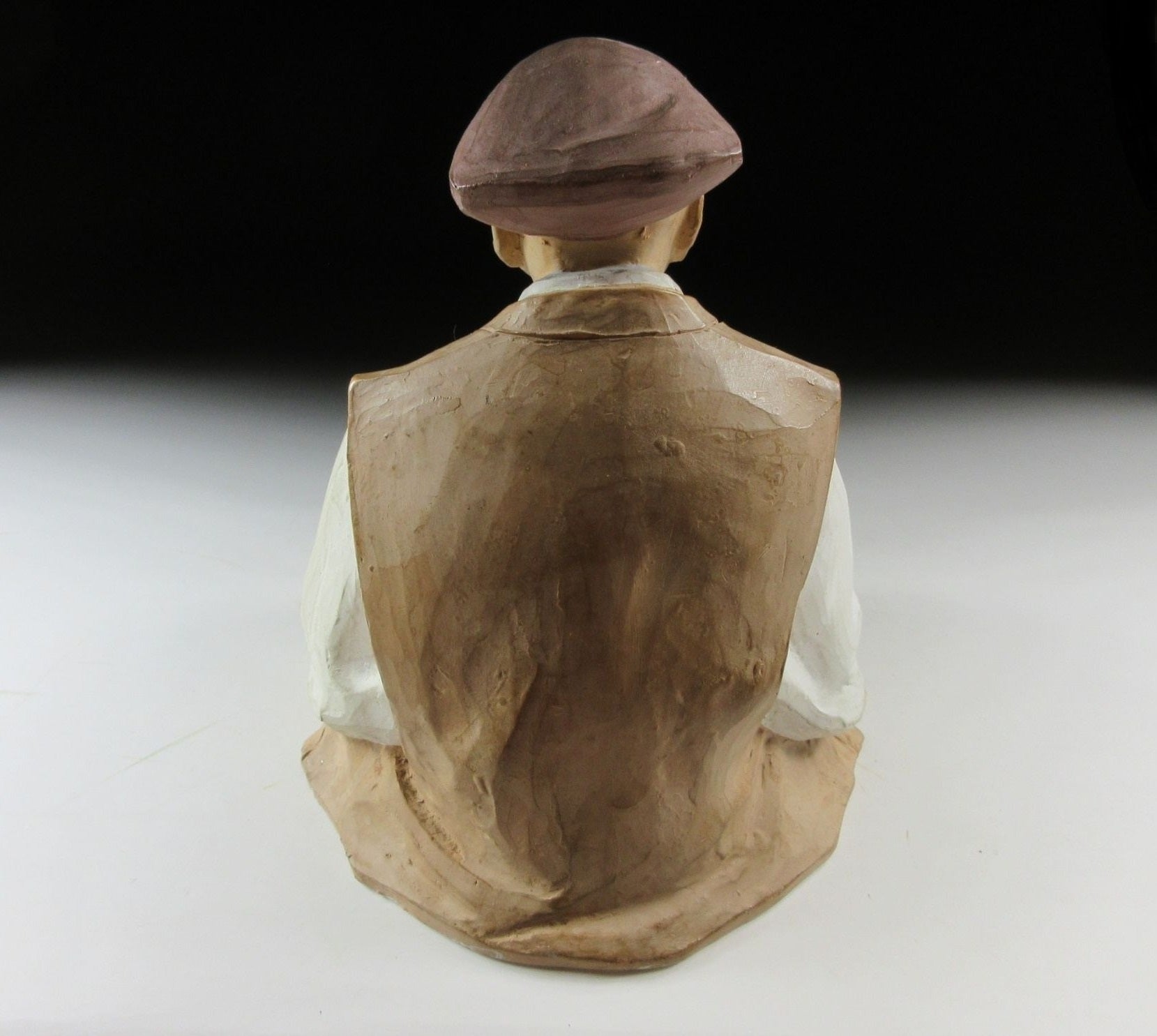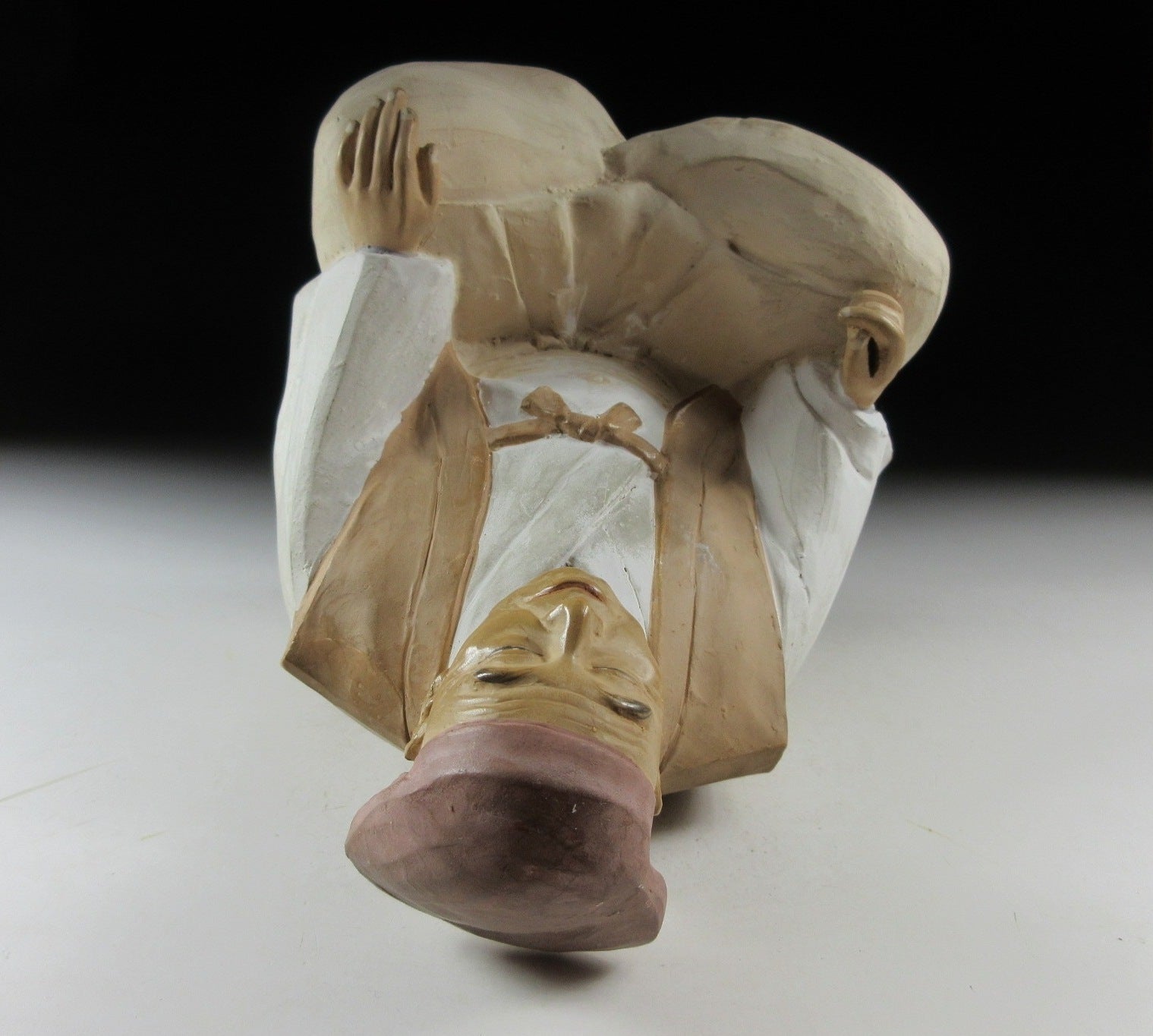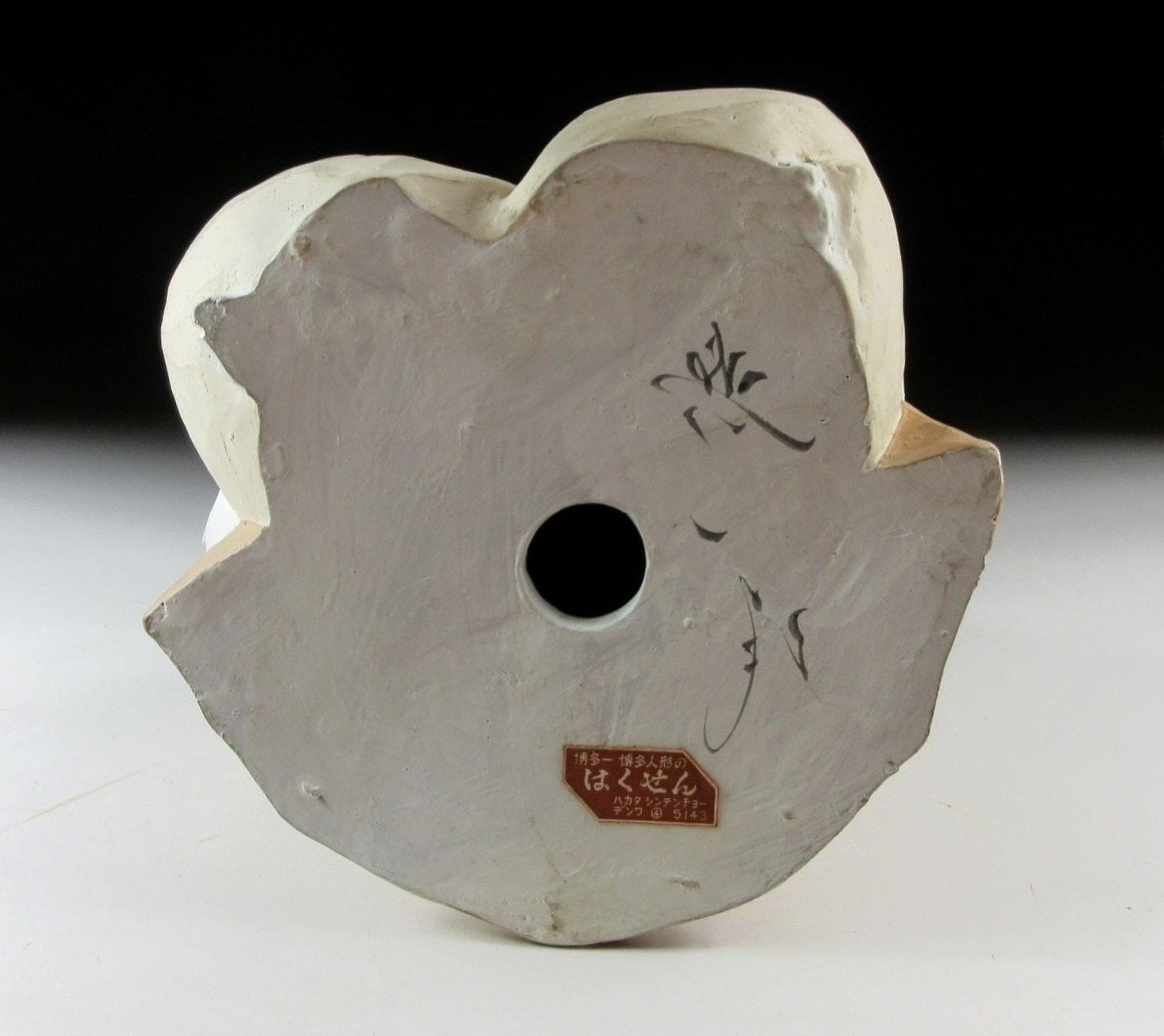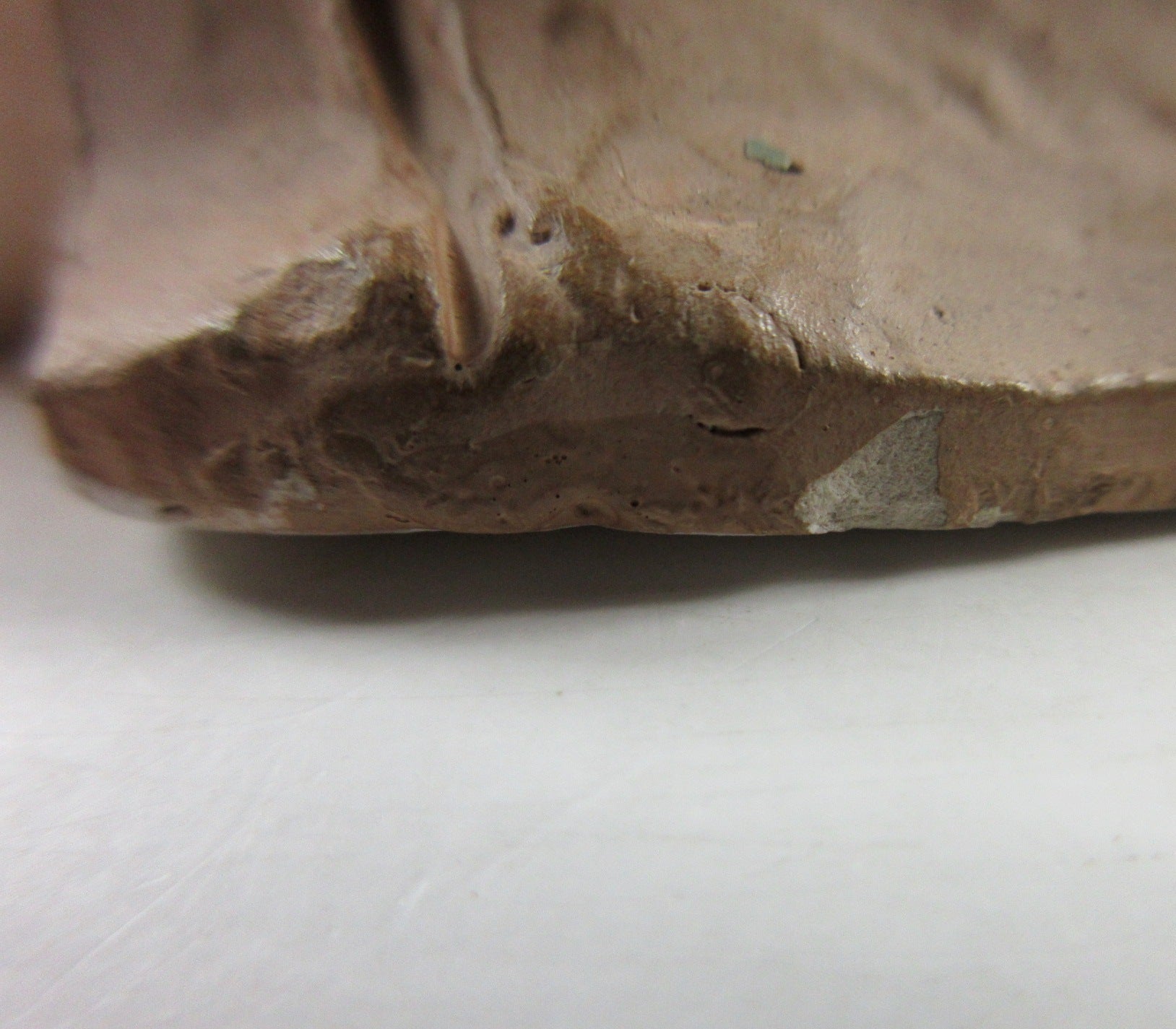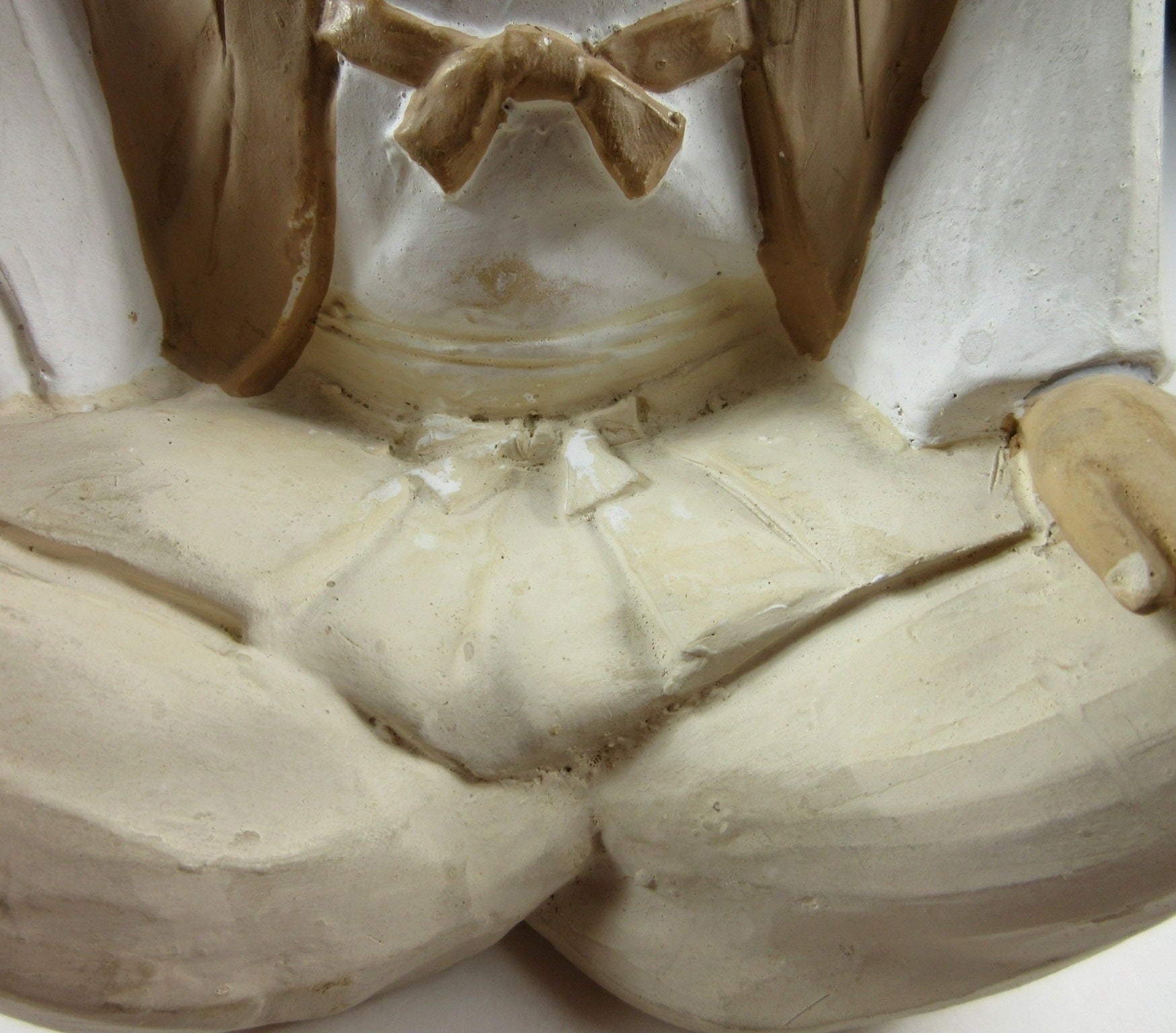Kominka Zakka
Kojima Yoichi Sen no Rikyu Hakata Ningyo
Kojima Yoichi Sen no Rikyu Hakata Ningyo
Couldn't load pickup availability
*SHIPPING OPTIONS VARY DEPENDING ON THE DESTINATION, PLEASE SCROLL TO THE END OF THIS LISTING FOR MORE DETAILS.
This listing is for a splendid Hakata ningyo made around 60-70 years ago by master doll artisan, Kojima Yoichi (1886-1970). It is made of white clay and moulded to resemble grand tea master Sen no Rikyu. The exterior is painted with gesso and this piece comes with a wooden display board trimmed with black lacquer. The board is signed underneath and the doll is also signed on the bottom. This is a high quality Hakata doll with very detailed, life-like features. **Originally this doll would have come with other parts, but they are long gone. Some research revealed that this doll depicts Sen no Rikyu just prior to committing seppuku. In his right hand he has a short sword, and to his left he has three blades laid out on a cloth. I have a photo I can share if interested.
Kojima Yoichi (1886-1970) was born in Fukuoka and is considered to be one of the finest Hakata doll makers of his time. He graduated from elementary school and began studying under painter Ueda Tetsuko. He then became a pupil of Shiramizu Rokusaburo (1867-1927). In 1925 he received a gold medal at the International Exhibition of Modern and Decorative Industrial Arts in Paris, thus bringing international attention to Hakata doll making. One of Kojima’s finest pieces is a doll named ‘Hatsuawase’. At 23 years of age he had become smitten with a local geisha, but did not have the money to release her from her owner. He decided to create a masterpiece for an upcoming exhibition in Fukuoka, with the hope of winning and receiving prize money. Unfortunately he broke the doll’s hand as he hurried to the exhibition venue, but he was able to repair it. The doll was selected as the winner by everyone except one judge, this particular person being Shiramizu. He noticed the broken hand and awarded the doll second place. Two years later Kojima and the geisha were able to marry, and Kojima learned a valuable lesson. From then on he dedicated his life to producing some of the finest dolls to grace the Showa period. **Fellow sellers, this information was researched by Kominka Zakka and CANNOT be used in your own listings.
Hakata ningyo are dolls produced in Hakata, Fukuoka. Their history goes back some 400 years when Lord Kuroda Nagamasa (1568-1623) assumed the position of daimyo and brought together a group of craftsmen during the construction of Fukuoka Castle. A roof tiler by the name of Soushichi Masaki made dolls from clay intended for display inside the castle, and thus the tradition was born. Hakata ningyo became more widely known after appearing at the National Industrial Exhibition in 1890 and the Universal Exposition in Paris in 1900. To make a doll is a painstaking process. First a clay model is made and then plaster is used to made moulds of different parts. Clay is added to the mould and fired at a low temperature. The dolls are then painted with gesso and the skin of the doll is painted with gofun. Gofun consists of powdered sea shell and has a beautiful porcelain white colour. Fine details are added to the face using a very fine brush, and usually patterns on kimono are hand-painted using the same tiny brush. Hakata dolls are designated as an intangible culture treasure of Fukuoka and can be extremely expensive to buy. Doll makers use traditional production techniques and there are around 100 workshops in the Fukuoka area that continue to uphold this tradition.
Japanese okimono figurines are decorative items used for display purposes. There are those for religious purposes, junishi animals for commemorating the Japanese astrological calendar, and those depicting auspicious symbols such as ise ebi, cranes, foo lions and tortoises. The okimono in this listing is intended for decorating a tea room.
Sizes
Display Board: H.2.9cm (1.1”) x 29cm (11.4”) x 23.8cm (9.3”)
Doll: H.27.4cm (10.7”) x 13.7cm (5.3”) across x 13.3cm (5.2”) from back to front
Condition
Overall it’s in pretty good condition considering its age. The gesso finish is worn in places (especially his lap), there are some water splotches/marks, some dust build up, areas where the gesso has become burnished, there’s a small chip as well as some discolouration. The board is in pretty good condition. Its discoloured and the lacquer has some scratches/scuffing, some dents.
THESE ARE SHIPPING ESTIMATES BASED ON THE CURRENT GLOBAL SITUATION
**Germany, France, Greece, Spain, Poland, Austria, Slovakia, Lithuania, Slovenia: NO SHIPPING. Very strict and expensive packaging laws in place and we are not licensed to send products to these countries. We have no plan to register at this time because the process is in some cases very expensive and complicated, plus each country has its own set of regulations and application process.
**USA, UK, Canada, Australia, New Zealand, Switzerland, Norway: Airmail ePacket (approx. 15-28 days). Combined shipping available up to 2kgs for Airmail ePacket (please send us a message).
**Asia: Airmail ePacket (approx. 15-21 days). Combined shipping available up to 2kgs for Airmail ePacket (please send us a message).
**Central Asia, Middle East, South Africa, Brazil, Mexico: EMS Express 10-15 days.
**Russia: No shipping methods available.
Share
